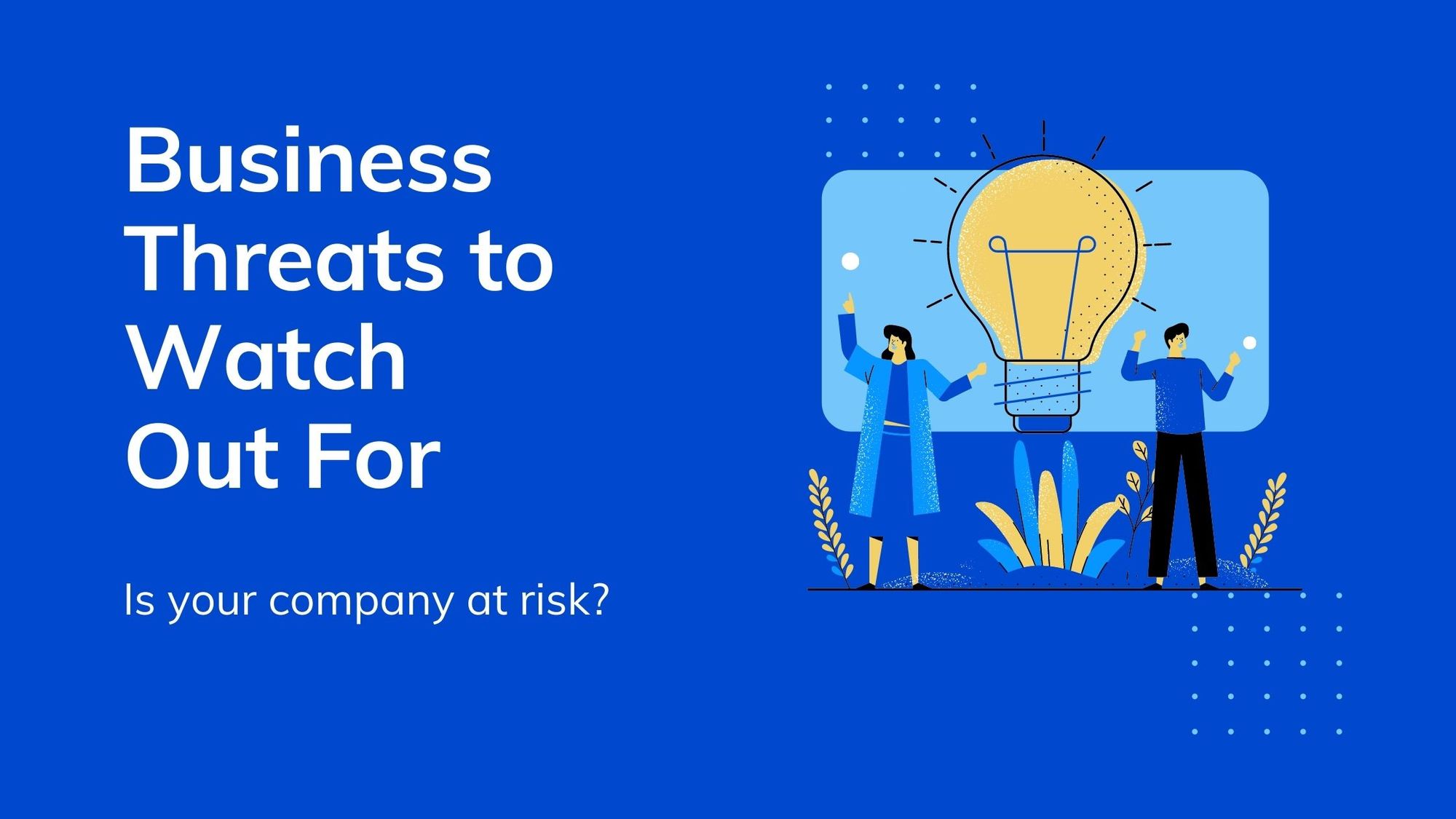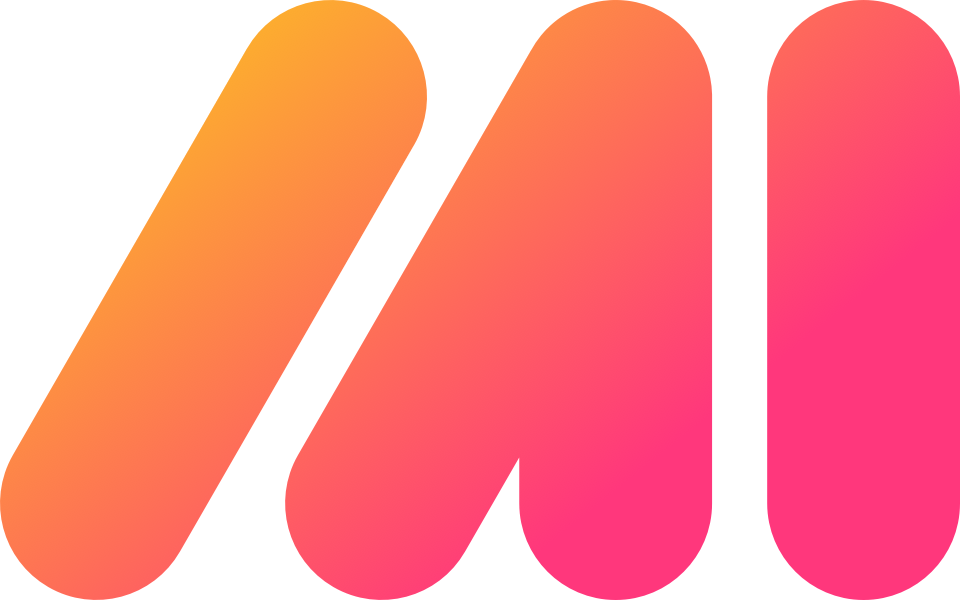COVID has forced companies worldwide to accelerate their digital transformation efforts to meet the demands of remote work and meet customers where they are right now. Throughout 2020, businesses of all shapes and sizes have learned that the rapid pivot to all things digital has opened the door to new opportunities and new threats in equal measure.
In 2021, organizations face numerous threats--both from the COVID fallout and a whole host of converging factors. Examples include the rise of big data, increasingly larger attack surfaces, and political unrest; the list goes on. In these next few sections, we'll look at some of the biggest threats businesses currently face and how to avoid them.
Cybersecurity
After rushing to respond to the post-COVID fallout, businesses of all types found themselves more vulnerable to cyberattacks. 2020 was a huge year for ransomware attacks. According to the cyber insurance company Coalition, ransomware was the cause for 40+% of claims filed during the first half of the year.
Attackers targeted healthcare organizations, schools, and businesses, knowing that those struggling to cope with the new challenges brought on by the pandemic couldn’t afford to deal with downtime. As a result, they were more likely to pay the ransom.
According to Crowdstrike's 2020 Global Security Attitude Survey, 27% of ransomware victims reported paying a fee within the last year. The average fee was $1.1M.
Additionally, organizations need to consider insider threats. While often overlooked, insider attacks are among the top cyber threats facing modern businesses. Bad actors can easily use legitimate credentials to access a company’s critical assets. Many organizations struggle to detect unusual activity indicating whether an employee is up to no good.
Companies are preparing by investing more in cybersecurity initiatives: Cloud security, cloud workload protection, password-free authentication, and platform management are anticipated to be among the most influential technologies of the “early 2020s.”
Data Privacy
A few years ago, when the GDPR, and later the CCPA, came into effect, the conversation was largely focused on helping organizations avoid massive non-compliance fines. Today, there’s more legislation in place--and more consumer awareness.
In 2021, we’ll likely see regulatory bodies crack down harder, as customers demand more oversight into how companies are allowed to use--and ultimately profit from--their data.
Data privacy isn’t exactly new, but public perception around the issue has changed dramatically in the wake of high-profile scandals like Cambridge Analytica and the debate over whether it’s time to break up big tech.
These days, people care more and want to see companies develop more transparency around how data is being used, why it’s being collected, and who has access to what information,
With many employees still working remotely, organizations must be transparent about what information they gather, whether or not they’re monitoring employees, and how that information is used, stored, and eventually destroyed.
Because the lines between personal and professional life are no longer clearly-defined, businesses need to be mindful about what they choose to collect and why. Obviously, tracking who has access to company and consumer data makes sense for security and legal reasons. However, businesses need to make sure they don't cross the line and monitor employees at home during off-hours.
Companies will need to develop organization-wide governance policies involving all departments from IT and HR to C-suite decision-makers.
Organizations need to develop an understanding of who has access to employee data, how it’s stored, used, and interacted with. Otherwise, it may open the door to several security violations/privacy violations/legal liabilities.

Customer & Employee Preferences; Priorities Continue to Evolve
Nearly a year into the pandemic, we’re still navigating a business landscape rife with uncertainty. While it may be a ways off, organizations should also start preparing for certain things to “pivot” back to the “old normal.”
For example, sales teams might find that some digital selling tools they began using during the pandemic are more effective than the in-person strategies they relied on before. Keeping an eye on emerging needs and evolving expectations goes beyond thinking about your customers.
You’ll also want to pay attention to your employees’ expectations. Recent research suggests that many workers would like to have the option to work from home once things return to “normal.” At the same time, many workers miss the social connection of interacting with their colleagues face-to-face. Ultimately, whether we’re talking about consumers or employees, flexibility is necessary/vital/crucial when thinking about the path forward.
Consider what worked during both the pre-COVID era and this current one. How might you incorporate the best parts of both worlds? Does it make sense to stick with a fully-remote workforce, move to a hybrid model, or return to the physical office?
On the customer-facing front, think about whether you’ll continue offering the “temporary” solutions you introduced early in the pandemic such as virtual events or online self-service options. What kind of feedback are you receiving, and how might that inform the path forward?
Talent
In 2021, the IT talent gap remains a challenge for businesses. While the coronavirus has caused unemployment rates to skyrocket, the crisis hasn’t increased the available in-demand talent pool. Losses have impacted jobs primarily in the service and hospitality industries, while tech jobs remain high in-demand. This holds true particularly in critical areas like data science, cybersecurity, and AI/machine learning.
Unfortunately, businesses can't afford to wait around hoping the talent pool will eventually expand. It doesn't take long for even minor talent shortages to undermine a company's market position.
Organizations need to start approaching talent as a business strategy. In part, that might mean outsourcing specific projects or functions to an external service provider. It can also mean examining how they're preparing their in-house teams for the future.
Final Thoughts
It’s no secret that COVID, along with new privacy regulations and converging technologies, threw a ton of challenges at businesses in 2020.
In 2021, those challenges haven’t gone away; they’re continuing to evolve. However, we’re in a better place when it comes to understanding today’s biggest challenges and getting ahead of them.
Guest post by Tiempo Development, a nearshore software development firm that pairs clients with high-performing talent focused on delivering exceptional outcomes.


